For a car like no other in production, the hydrogen fuel cell-powered Toyota Mirai – theoretically on sale for £60,000 but in reality impossibly limited by supply – feels reassuringly easy to drive.
Once you’ve settled behind the wheel, you find the Mirai’s responses are strongly reminiscent of those of a Nissan Leaf, a Renault Zoe or any other electric car in two ways that contrast with the fuel-burning ones you’ve been in all your life. On the one hand, the Mirai’s smoothness and quietness are the equal of any high-end luxury saloon; on the other, there’s an immediacy and accuracy about the power delivery that few conventional cars can match.
But the Mirai does things differently from its battery brethren, too. It derives its power from air and hydrogen combined in the catalysing environment of a fuel cell, almost a religious ritual since it produces pure water as its only by-product.
However, what stops the Mirai from being the Holy Grail on wheels is that most of today’s hydrogen supplies are generated either from hydrocarbons or by using large quantities of energy to electrolyse water into its two elements. The former process pollutes; the latter consumes more energy than it liberates. Both encourage the sceptics.
Yet Toyota believes in hydrogen for the future and is betting billions that an economic process will be devised to provide the supplies a hydrogen-based society would need. The company has been doing fuel cell research for decades and has chosen our era to bring the Mirai to production because it believes the time is right to start selling fuel cell cars in countries where people will ‘get’ their advantages. The favoured markets so far are Japan, California, Denmark, Germany and the UK.

In its first year, 2015, world Mirai production amounted to 700 units. This year’s aim of 2000 will expand to 3000 next year and keep growing towards a target of 30,000 cars in 2020. In the meantime, the company is releasing around 5000 fuel cell patents it holds, believing that a critical mass of cars will bring hydrogen breakthroughs closer. Honda is already within sight of a production fuel cell model and others are close, including Mercedes-Benz and Hyundai.
So far, Britain is home to a mere 12 Mirais, already allocated to the likes of Green Tomato (a cab firm that pioneered the Toyota Prius), Transport for London (whose concerns about urban pollution are well documented) and helpful businesses such as ITM Power, already working on the hydrogen fuelling infrastructure. Toyota UK is retaining two cars for its own purposes, which include putting them (briefly) at the disposal of people like us.
My own opinion is that Toyota is right about hydrogen fuel cells having a big future; it’s only the timescale that’s debatable. I have uncomfortable memories of smirking at the original, dumpy-looking Prius hybrid saloon back in 2003, when Toyota forecast a big future for hybrids, too. That car, now in its fourth generation, has grown to become a family of models, is the most reliable Toyota of all and has found more than eight million owners. Vision brought success to the Prius, so why not to the Mirai?
Such thoughts led me, just before Christmas, to persuade Toyota UK to lend me one of its Mirais to take out onto December’s soupy roads and drive as one would a normal car. I’d collect the car from Toyota’s Epsom HQ on the southern outskirts of London, then mix it with the local traffic. The discussion brought two bonuses. Firstly, Toyota UK’s Mirai expert, Neil Spires, agreed to come with us, bringing his gold mine of info, and while out and about we’d refuel at the Heathrow hydrogen filling station, one of two in London.
The Mirai’s divisive styling strikes me as anything but beautiful. Still, like the original Prius, it’s different and highly recognisable, and no one is going to get distracted from its pursuit of efficiency by any pretensions to elegance. It’s a long car, too (4.89m), on a very long wheelbase (2.78m).
Those two dimensions alone show how the proportions of hydrogen fuel cell cars can be considerably different from those of conventional all-in-the-nose front-drive saloons. The Mirai has a snug, comfortable, Prius-sized front cabin with an instrument layout recognisable from the latest Prius. The rear doors are big and there’s impressive spreading space in the back, plus plenty of boot room. On first examination, you’re left wondering where all the mechanical bits go in such a new-tech car.

Spires talked me through the mechanical layout using a handy 3D printed model he’d had made for the purpose. The compact, cylindrical 152bhp electric drive motor (with an even more impressive 247lb ft on tap from ultra-low revs) is mounted low in the nose between the front wheels, which it drives through a reduction gearbox and differential. Above it are the boxed electronics that manage the power arriving from the fuel cell stack and battery to feed the motor, as well as dealing with regenerated power when the car is slowing.
The all-important fuel cell stack is in the centre of the car, under the front seats, fed with copious quantities of air from the twin triangular scoops in the nose. Two cylindrical carbonfibre tanks containing hydrogen loaded at 700bar are mounted farther back, one under the rear bench seat and the other between backrest and boot.
The rearmost tank carries a small nickel-metal hydride battery on top. These are no ordinary fuel tanks; they’re tested against explosions and gunfire, can be dropped from a great height or withstand (as Spires eloquently put it) the weight of 150 Aygos stacked on top. Together, they contain 60 litres of compressed hydrogen, a fuel load that weighs just 5kg – a mighty contrast to the 40-50kg of fuel that most conventional cars carry.
Compared with a conventional car, the body design requirements are quite different. The nose can be short and low but needs big air scoops, the underseat space front and rear must be optimised, but weight distribution can be much closer to 50/50 than that of regular front-drive cars. The Mirai’s kerb weight is 1850kg, which is substantial but not disastrously porky, given the fact that your power-generating equipment is on board, so you don’t need a big battery.
Driving the Mirai, as I’ve said, is simple and precise. The car is roomy and refined. Its ride is also notably soft and well damped, not least because its mass is better shared between front and rear suspensions than usual. The steering is top-quality electric power, and the car’s lowness means it corners with little roll. Road noise is low, possibly because, like a Prius, the tyres are modestly sized. There’s a general air of sophistication that shows how Toyota has spent more time on this car’s dynamics than it might have done in the past, to show that a fuel cell car can be as comfortable and capable as a conventional one.
Refuelling was a doddle. The Heathrow refuelling station turned out to be a bare asphalt expanse with a big, angular complex of white tanks each as big as a small building.
It emitted various random chunterings while we were refuelling, an exercise that took about 90 seconds. There was a pause for some high-tech stuff at first while the car ‘bonded’ electronically with the pump (so everyone could be sure hydrogen wasn’t about to start flowing at 700 atmospheres where they didn’t want it to) but the process was quick and easy.The pump handle was a bit more ergonomic and high-tech than the one on your street corner, but the main thing is that it was easy to use.
Once full of hydrogen, the Mirai was good for an official 341 miles of driving, which translates into a real-world 250-280 miles, depending on how you drive. It all seemed heart-warmingly conventional, except for the fact that we’d just driven 100 miles and pumped out not an atom of carbon dioxide or toxic emissions. That bit was the miracle.

Drinking and driving
If I ever drive across the Sahara, I want it to be in a Toyota Mirai, because its only tailpipe emission is pure water. After our drive, Neil Spires showed me how to drain it into a glass, then offered it to me to drink.
We’d produced more water than this on our trip (the official output is 0.8 litres per 10km), but what was left made about two-thirds of a glass. It was encouragingly clear, but drawn as it had been from the car’s rear underside, I couldn’t help expecting some eau d’exhaust. It was very pure, though, with just the slightest tang of the plastic container in which it had last reposed. I sent it all down the hatch. For the Mirai owner, this is going to become a party trick - at least until we all get used to it.

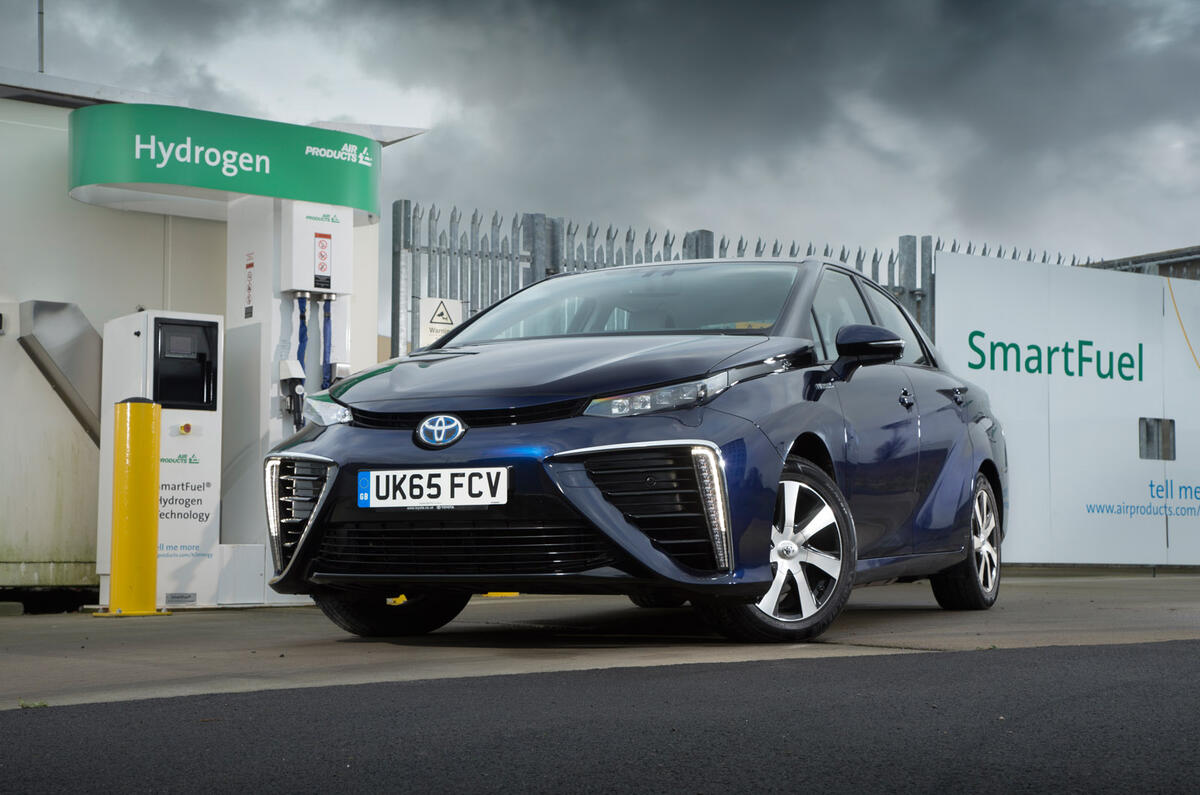
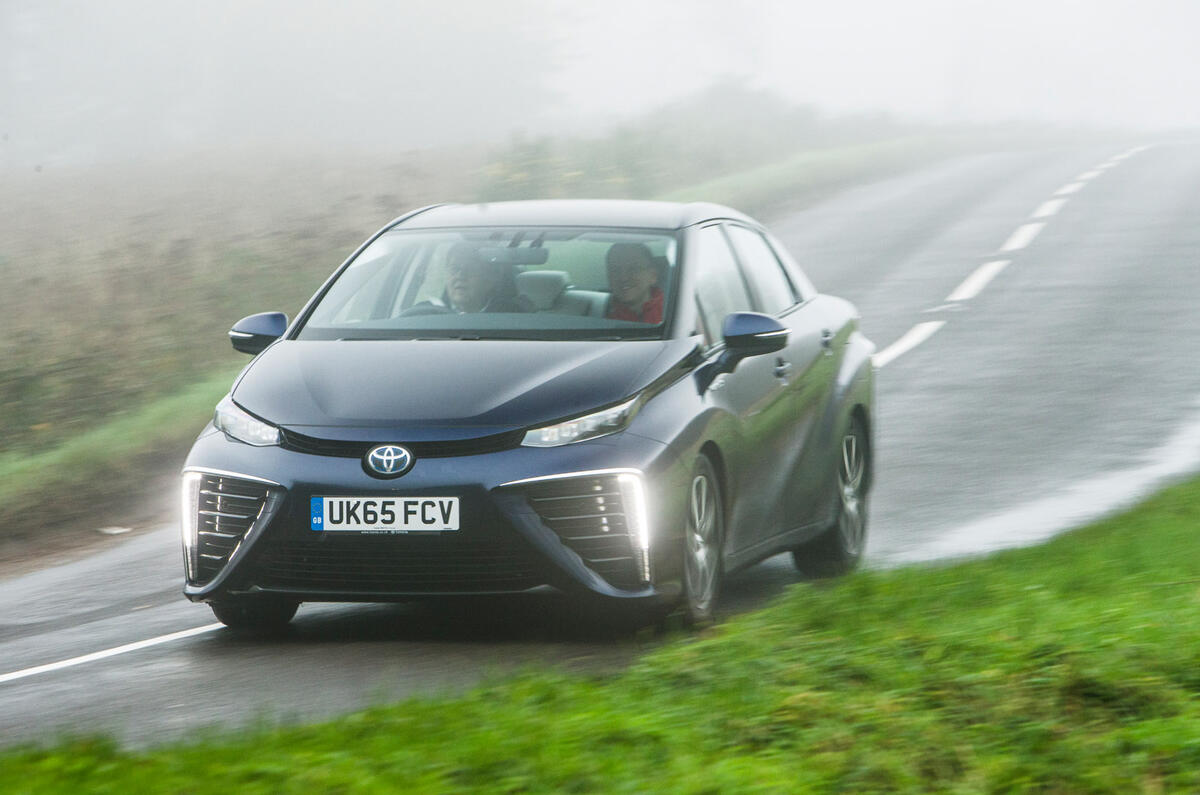
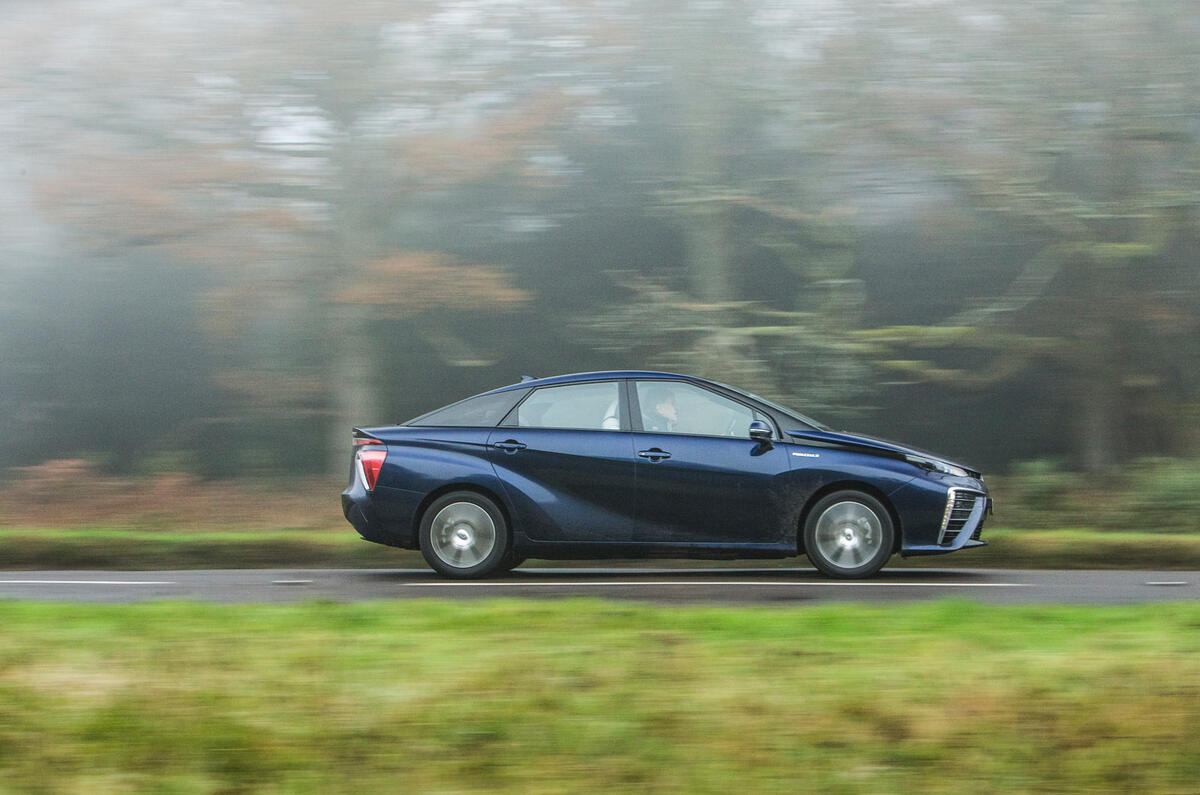
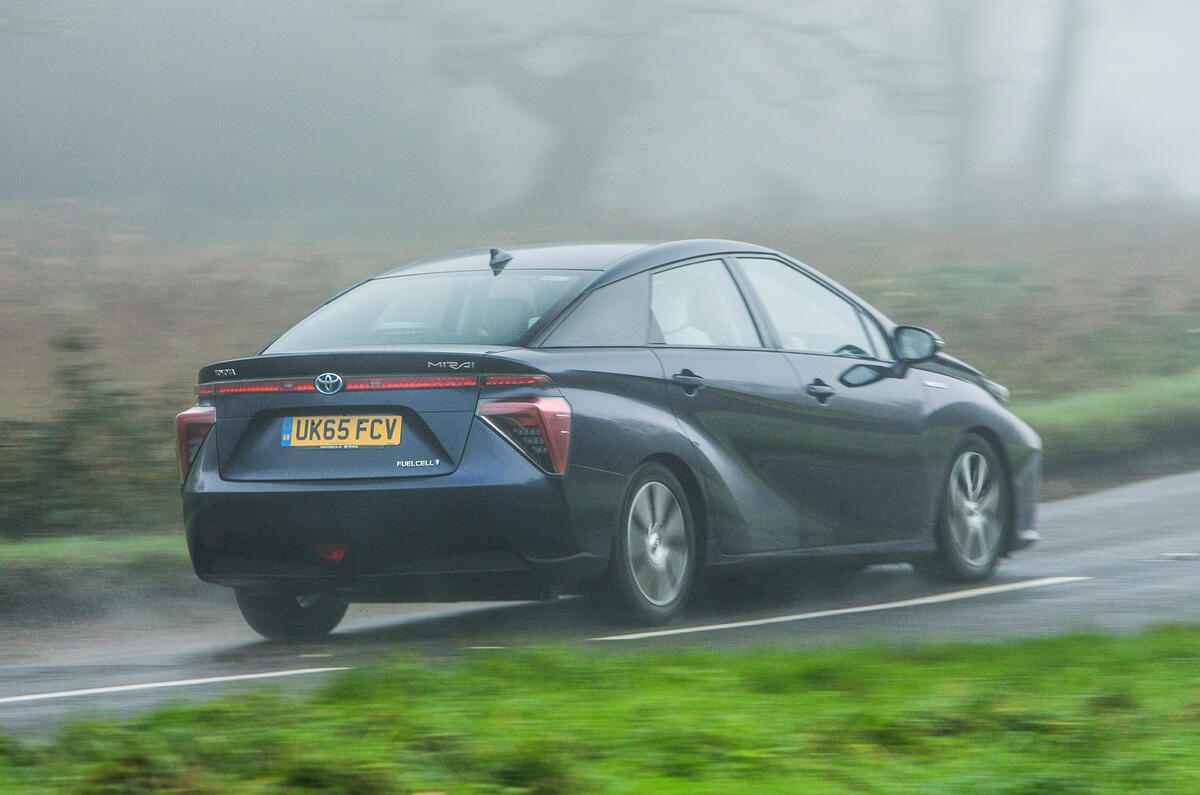
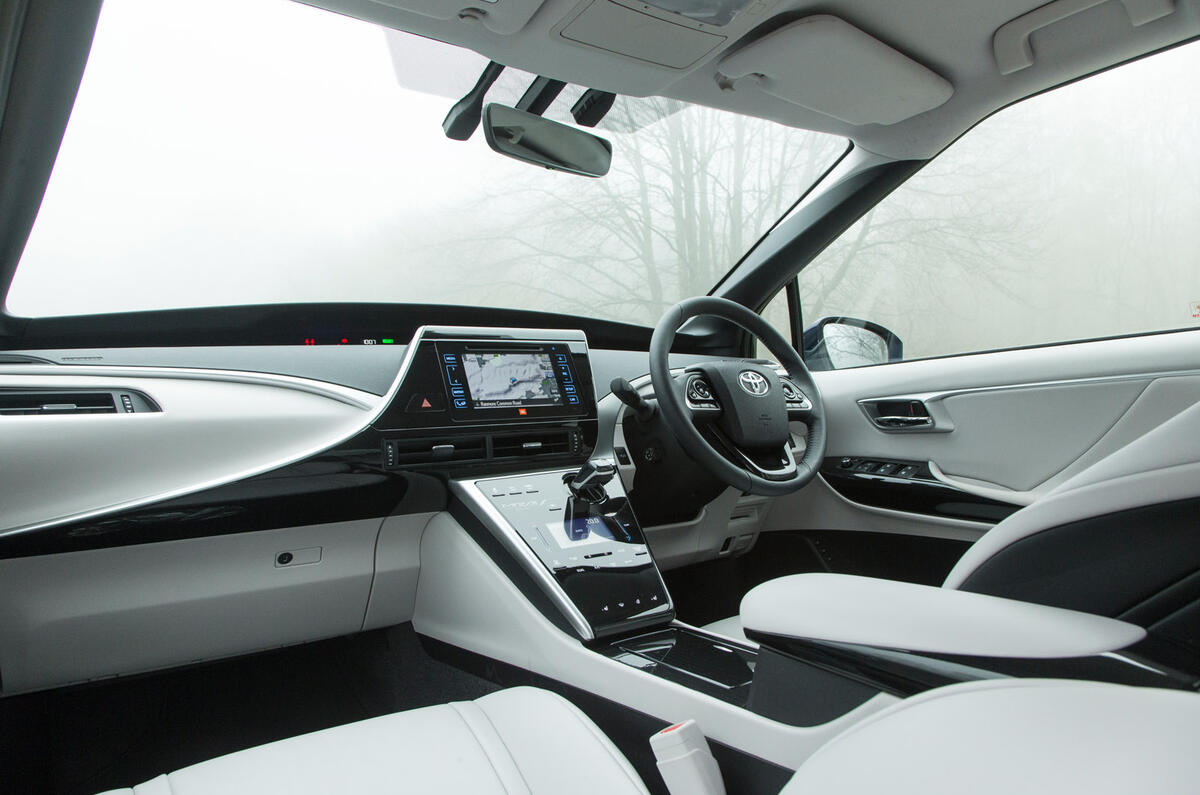
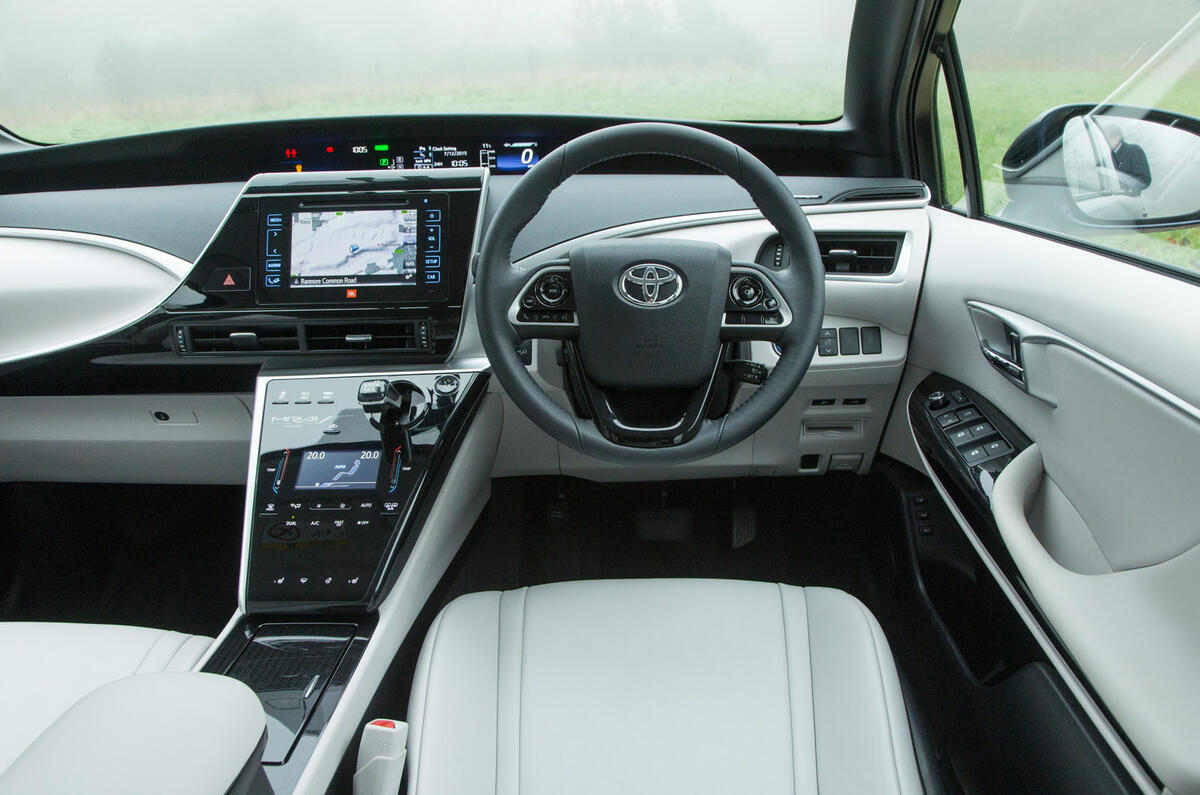
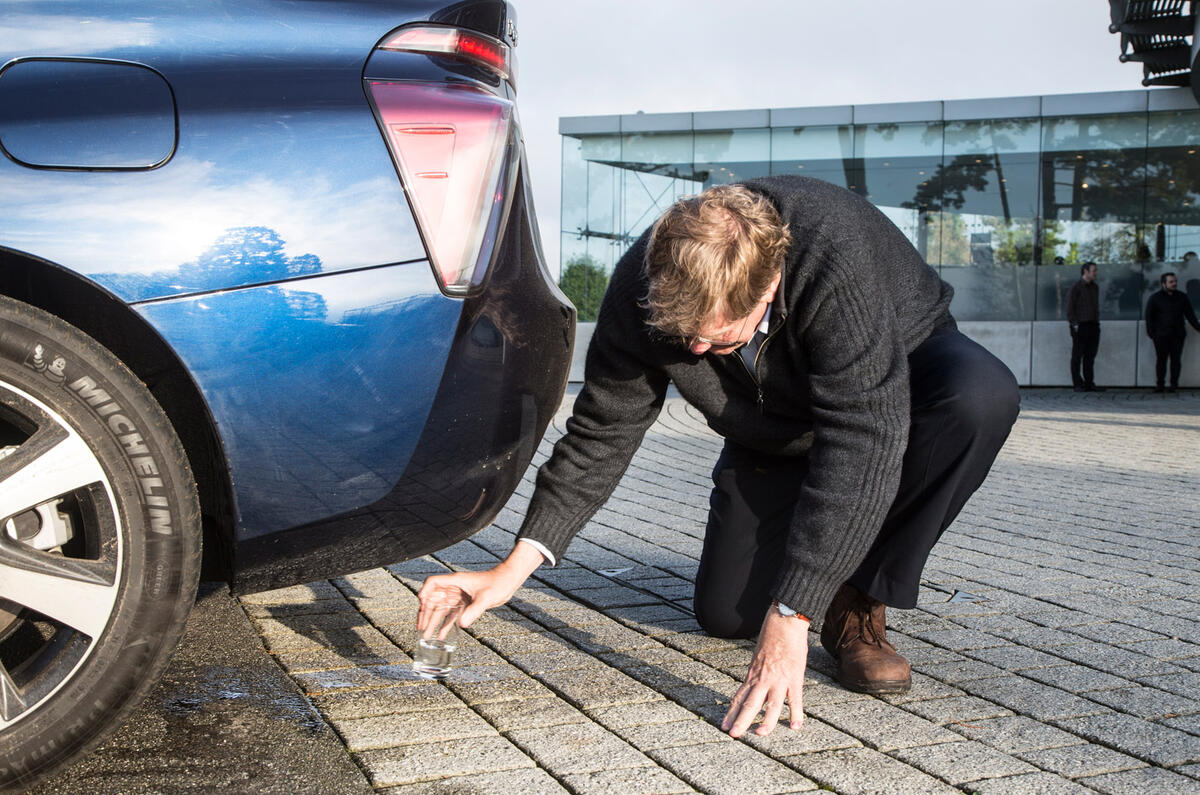
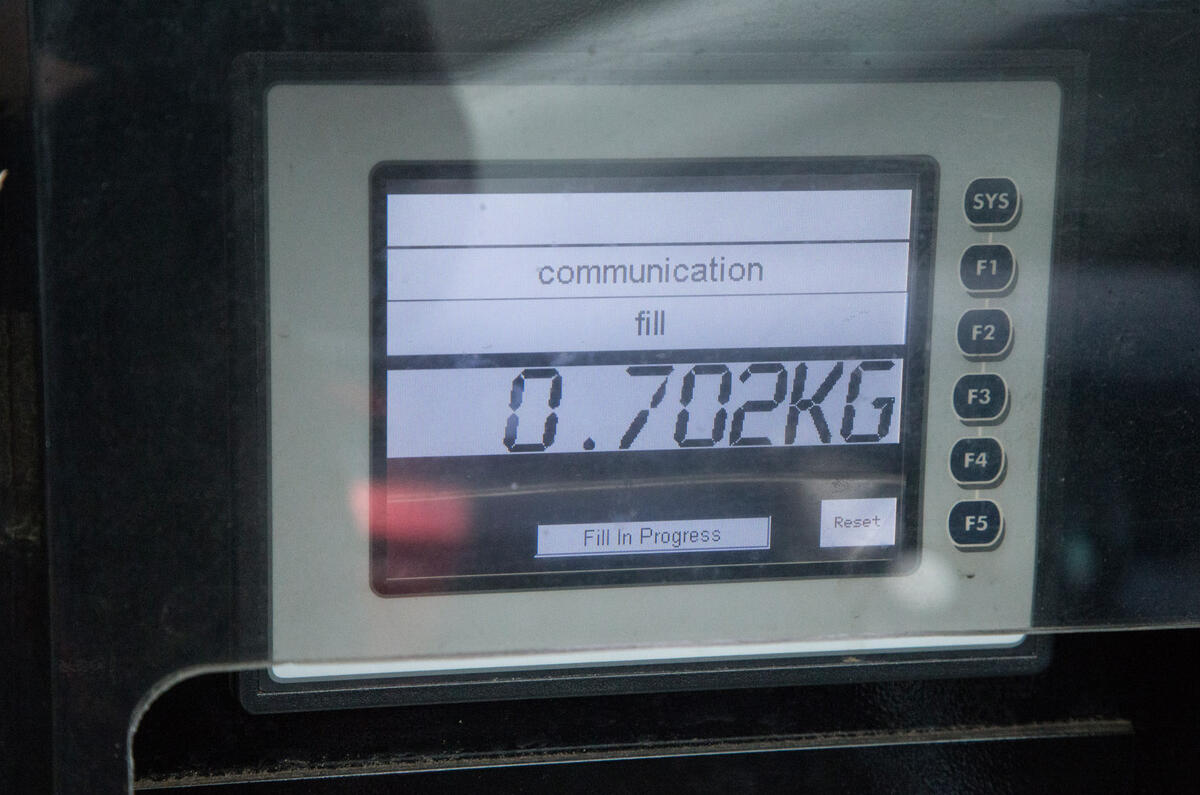
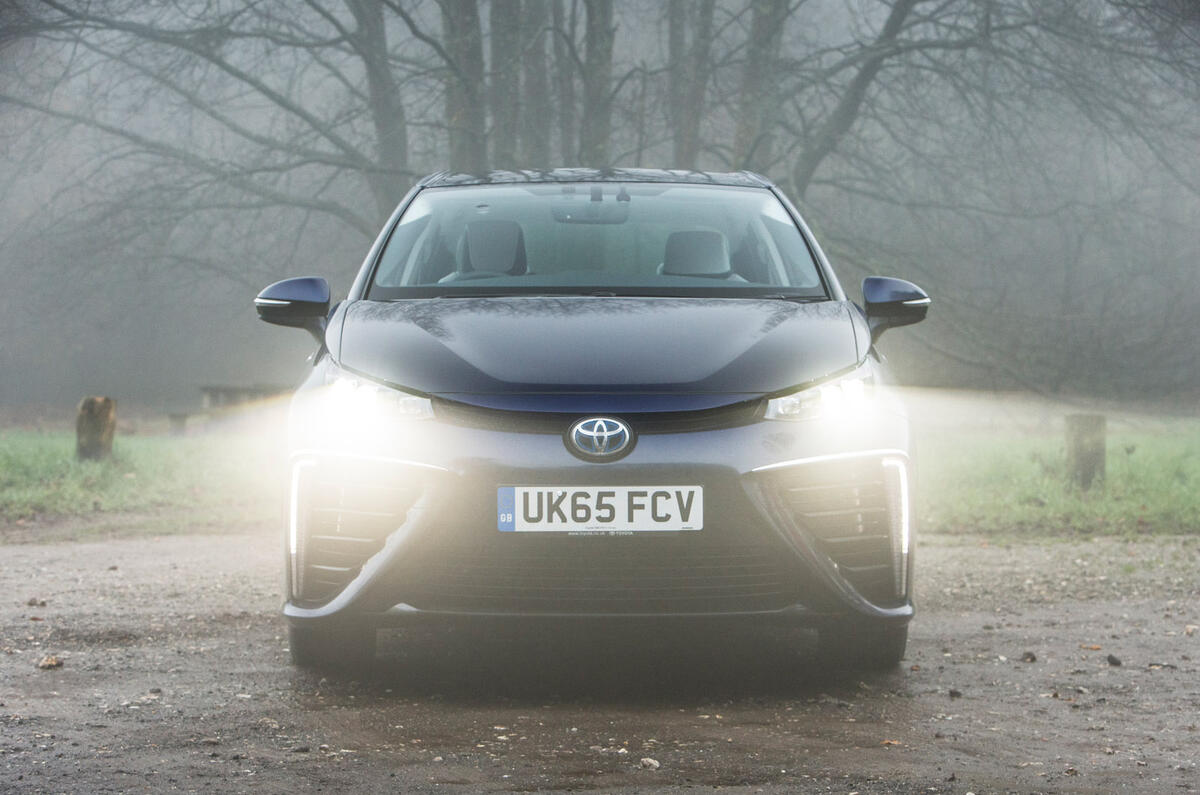
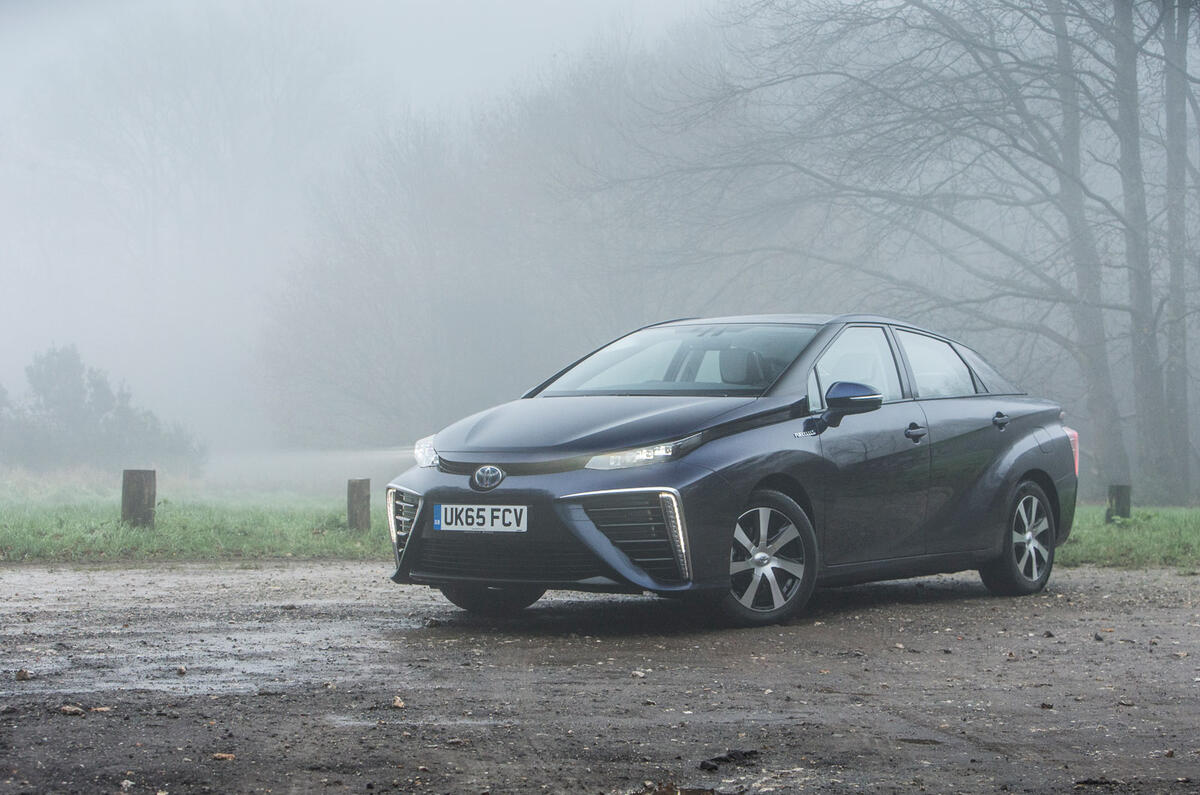
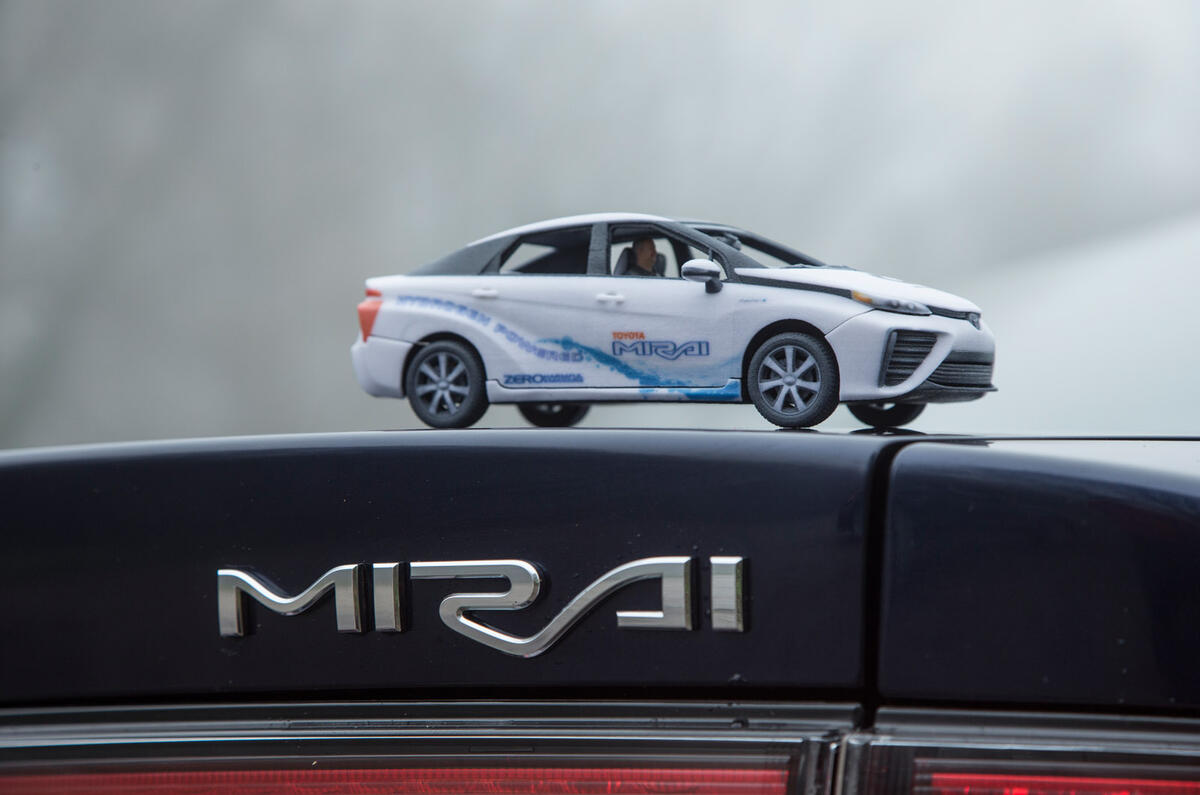
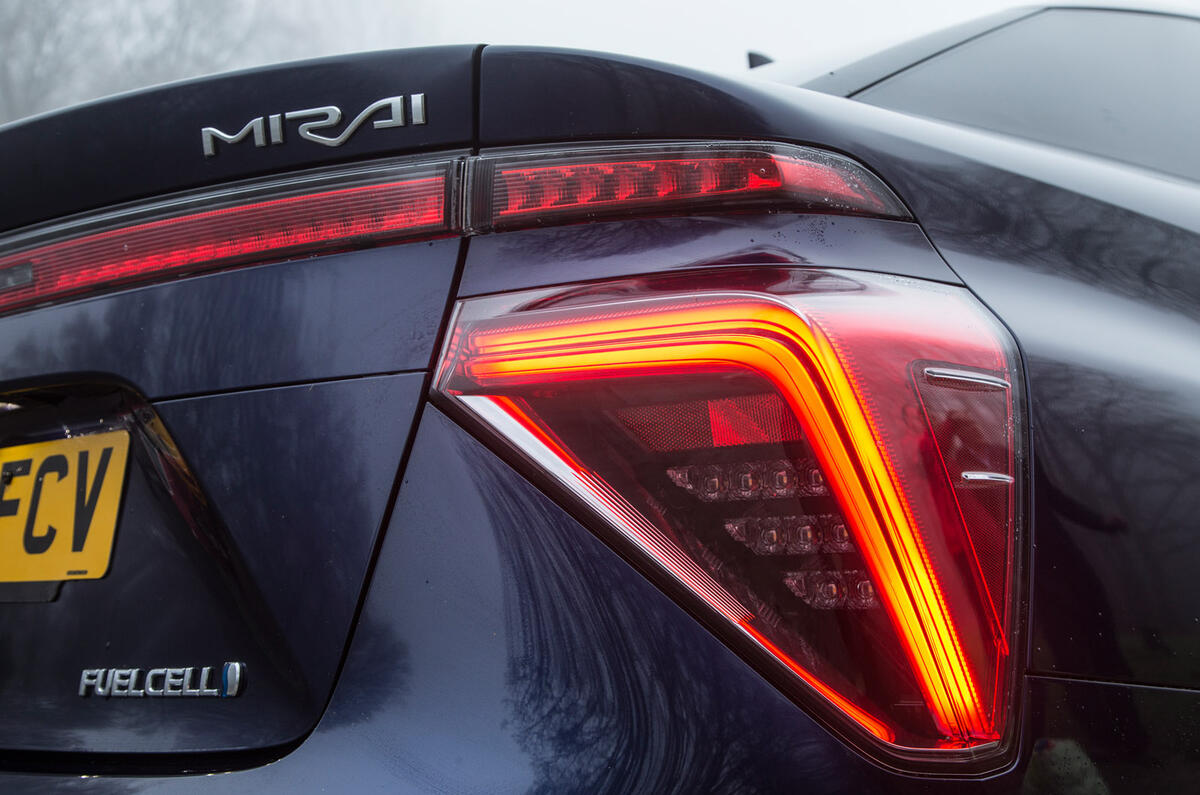
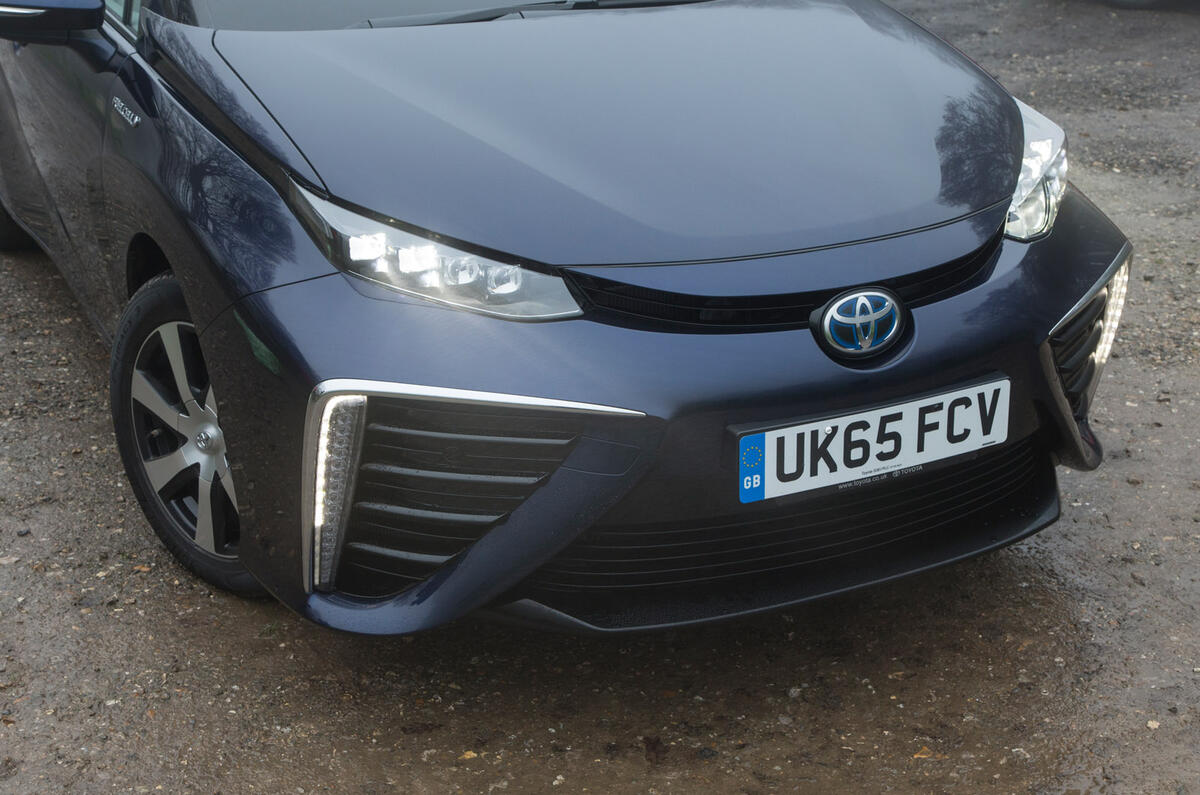
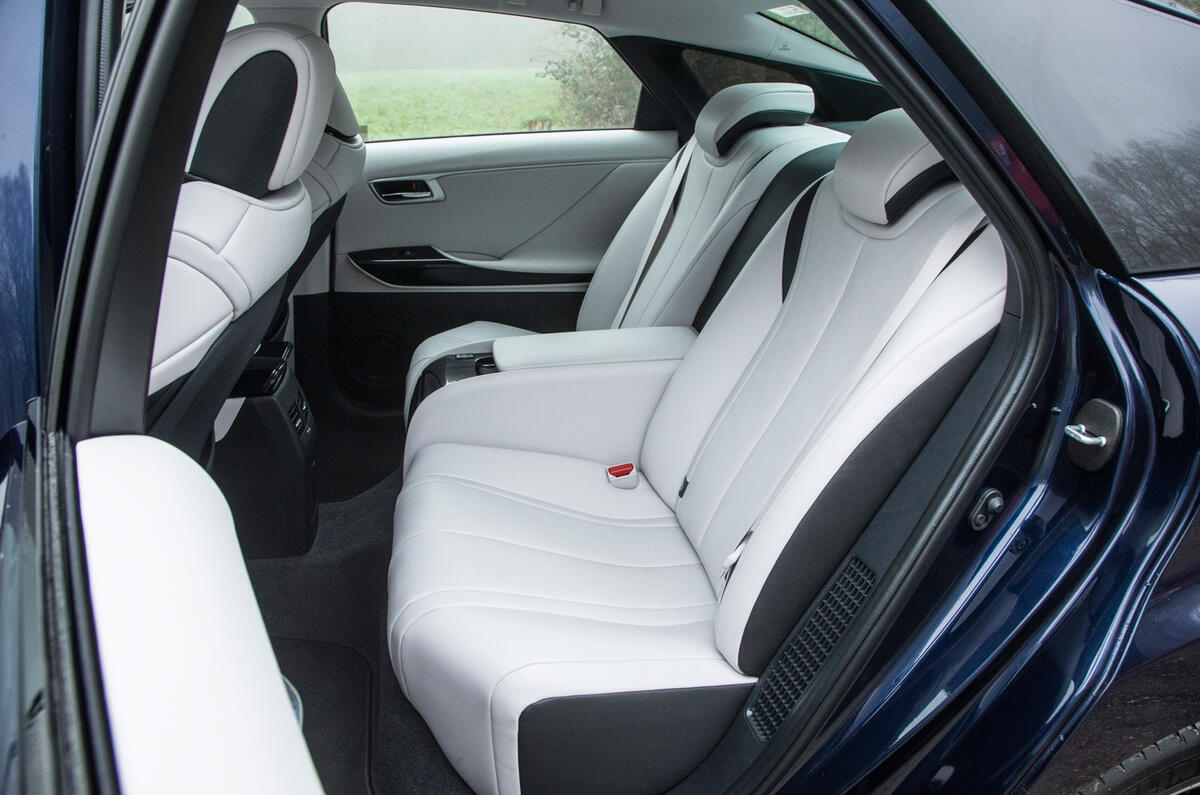
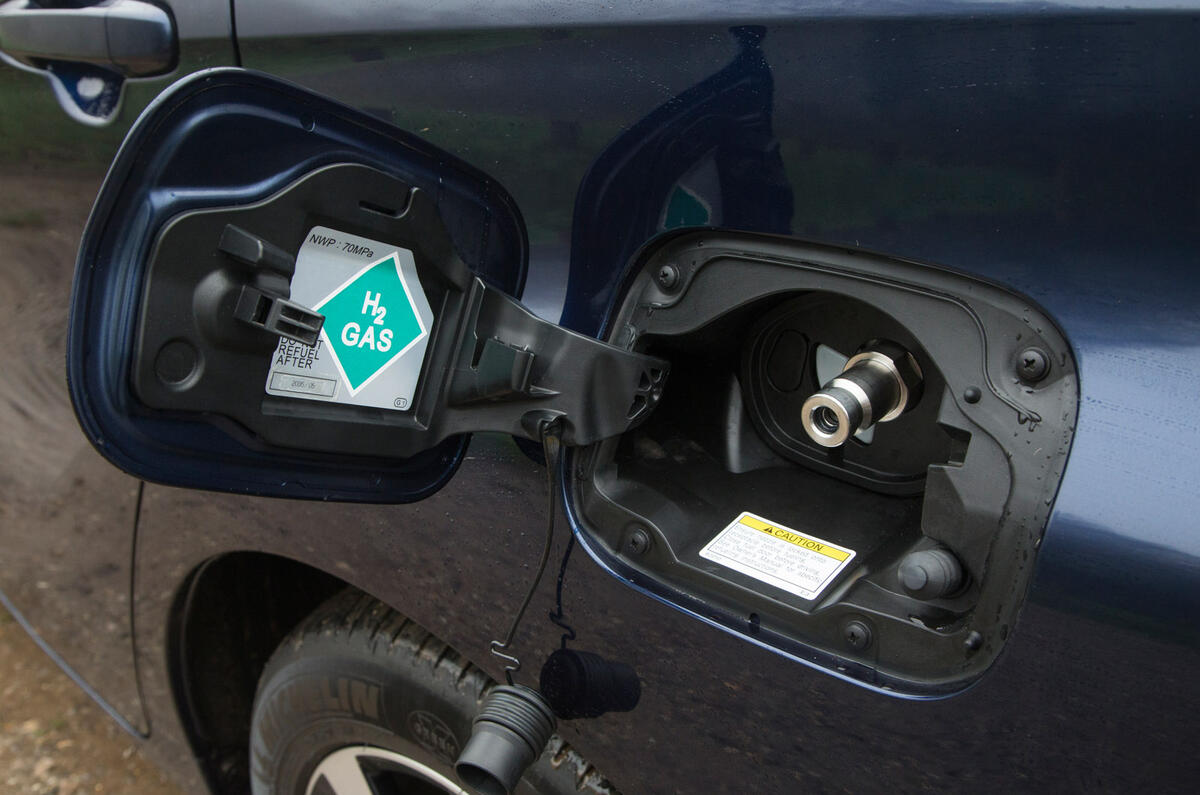
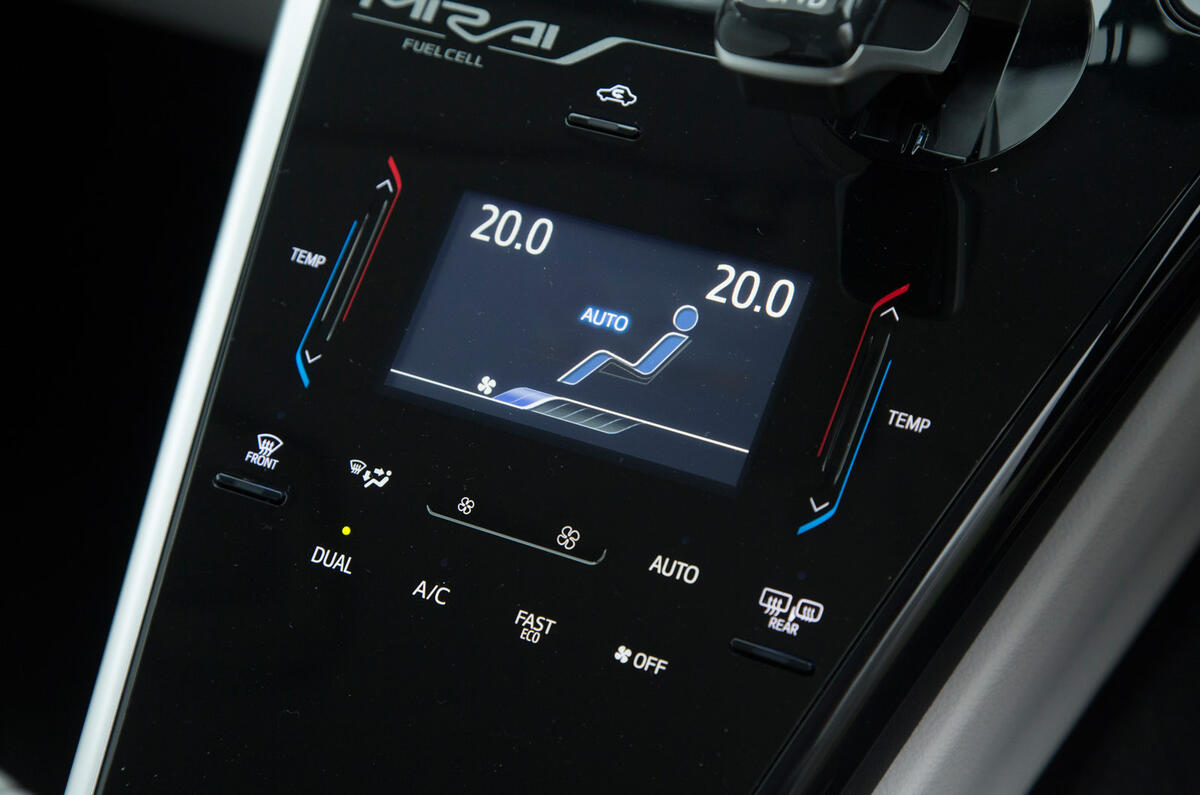
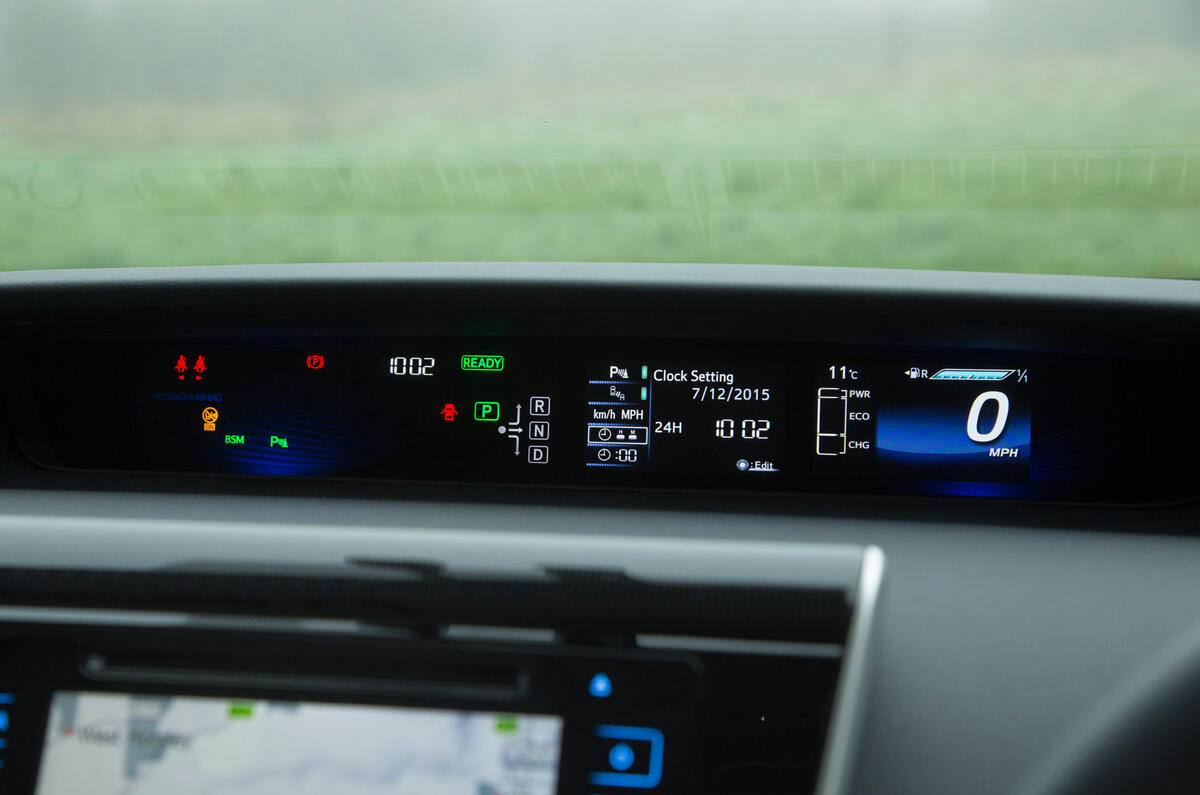
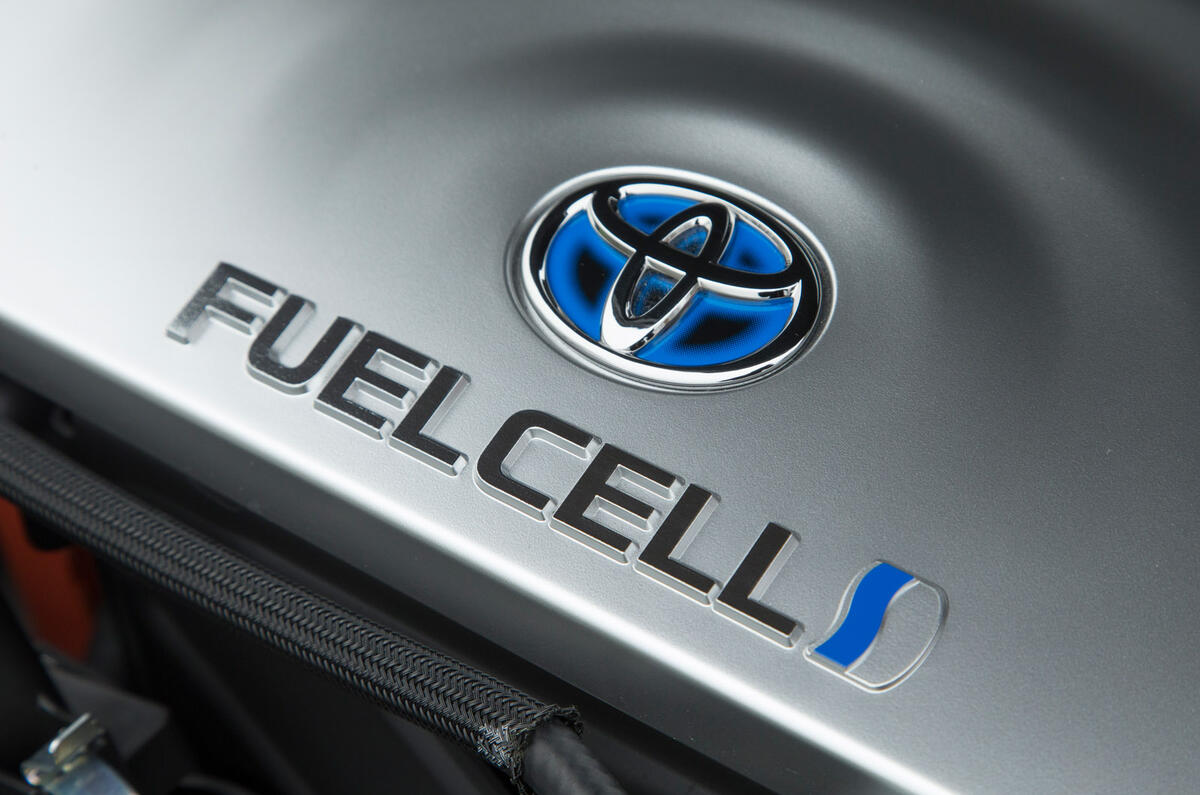
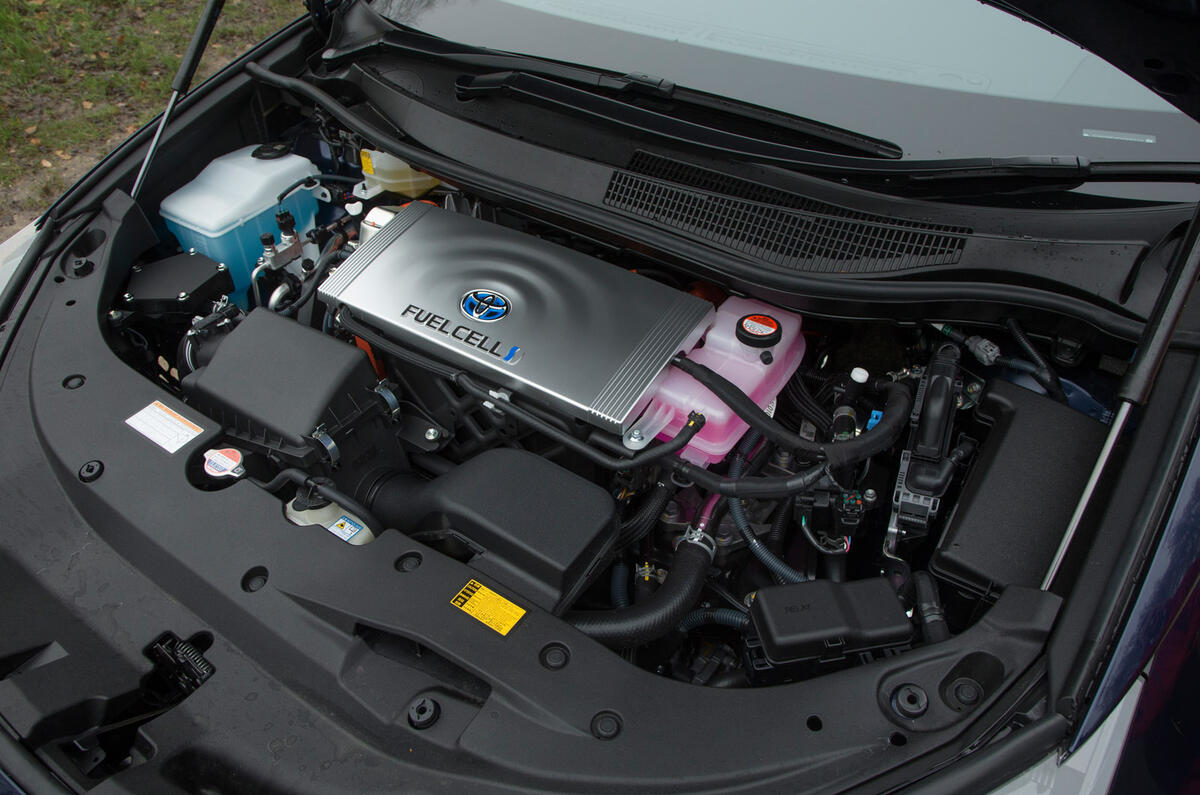
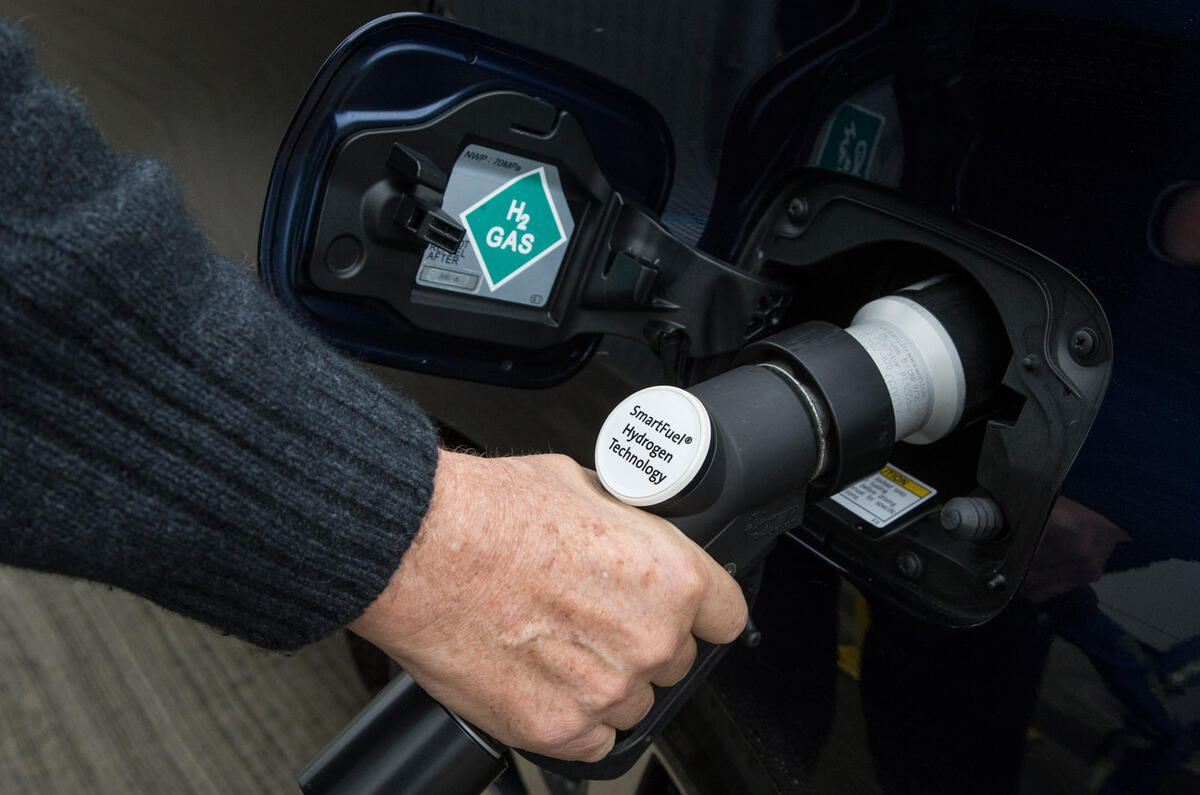

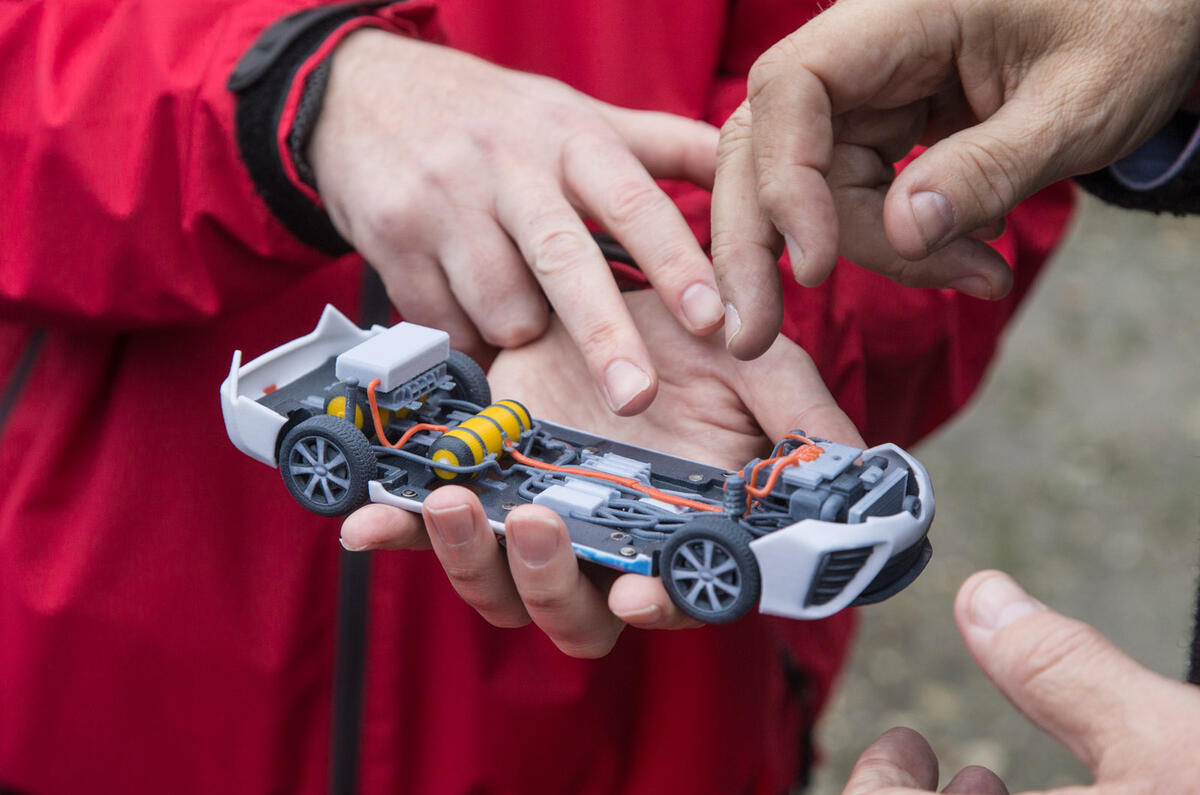
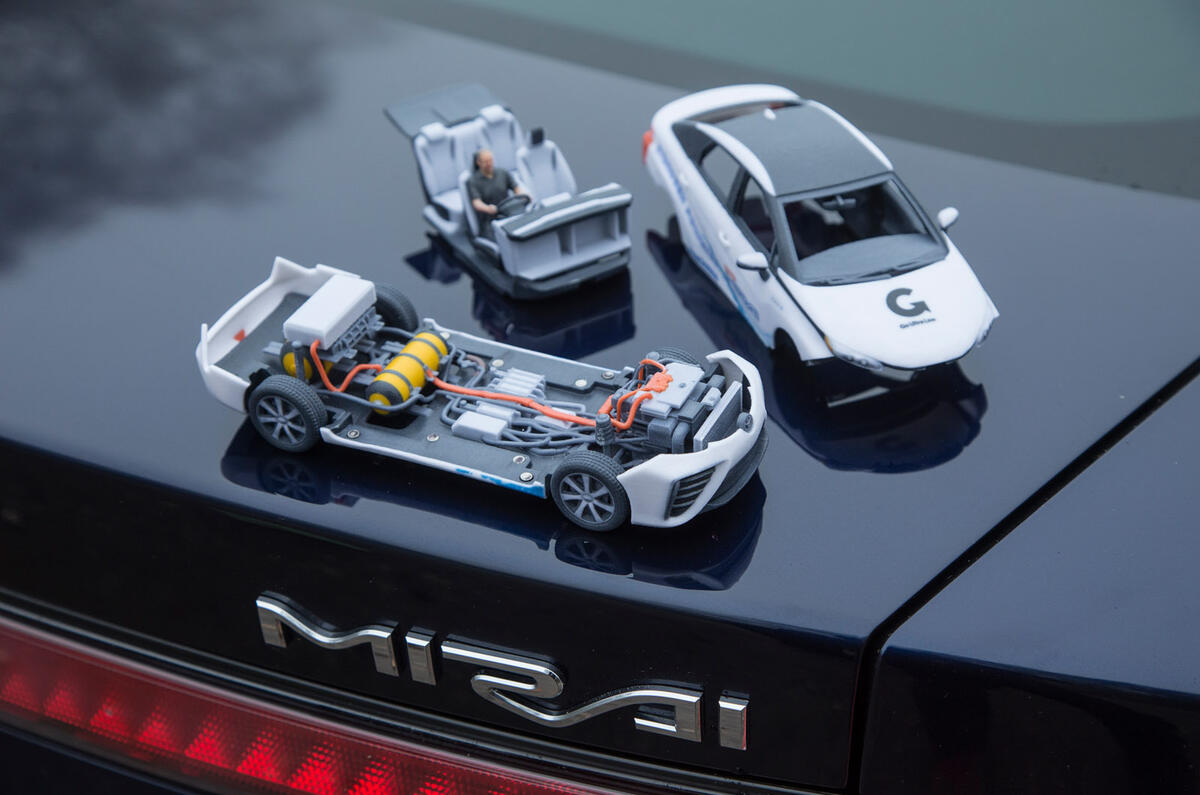
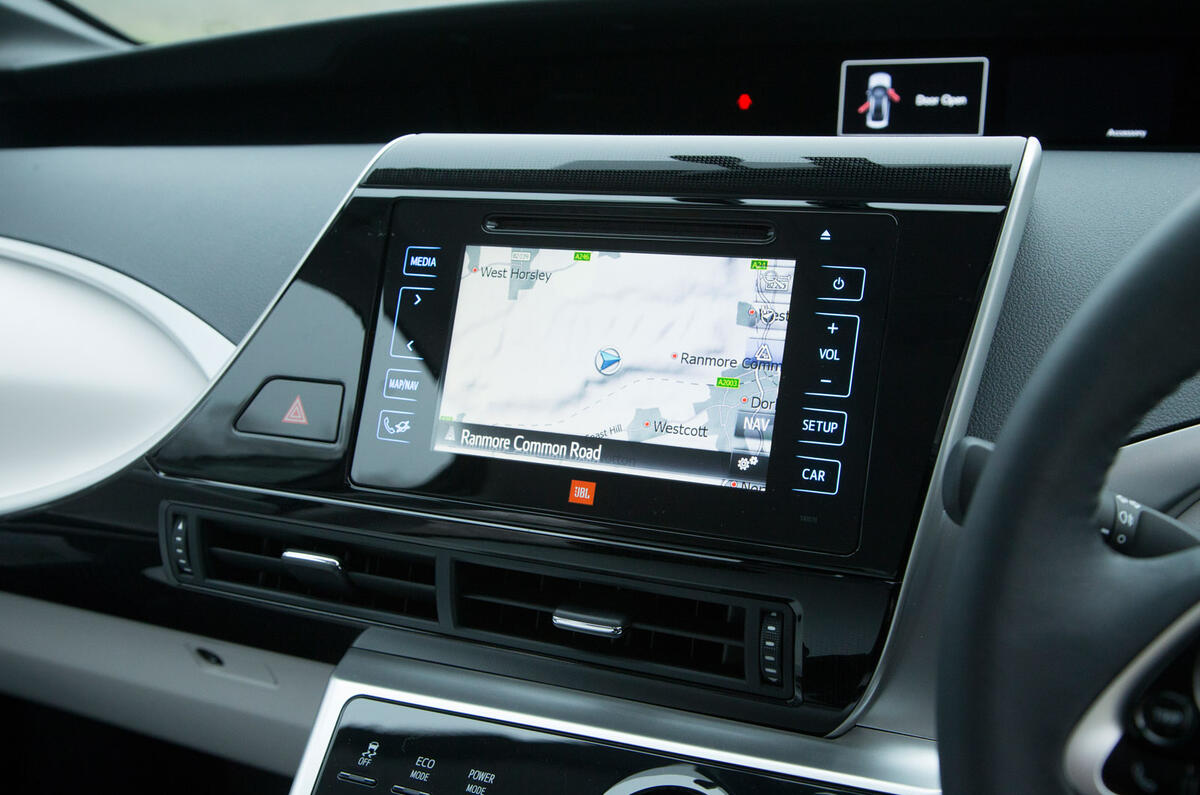
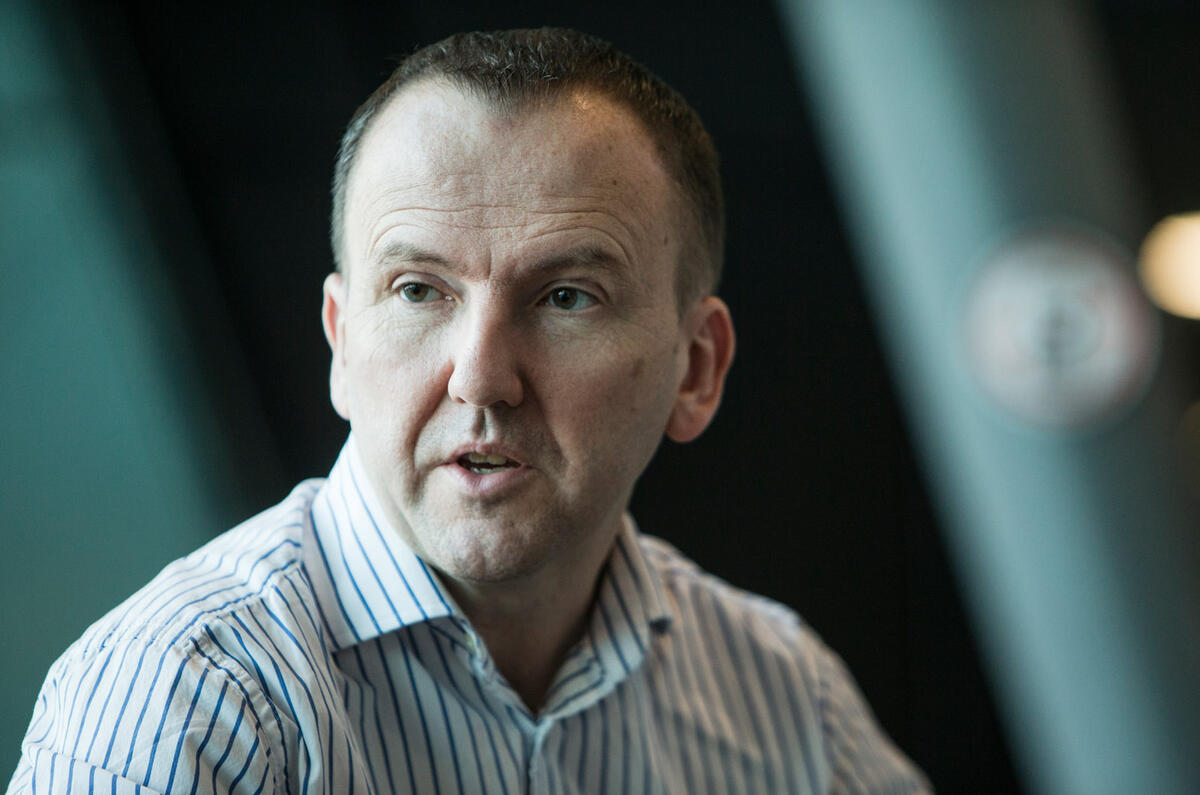
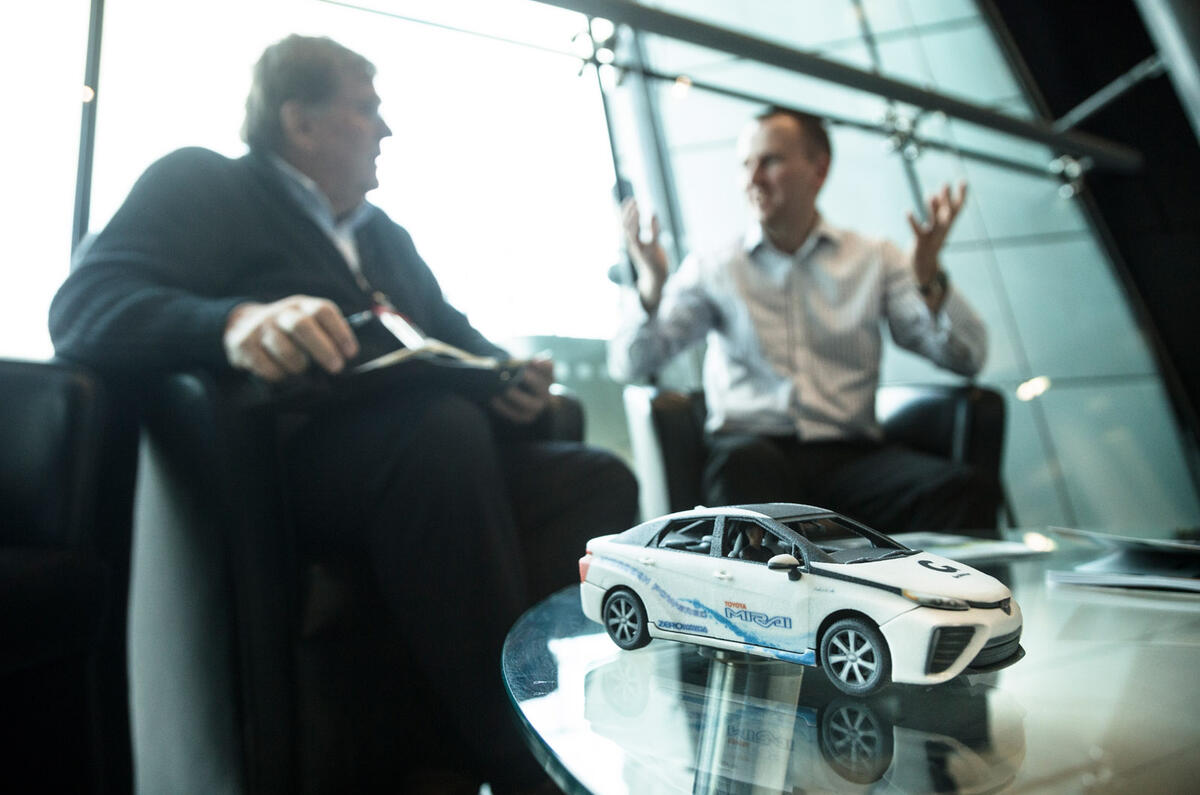
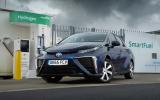
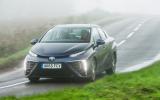
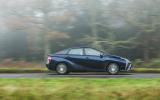
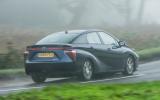
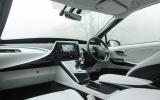
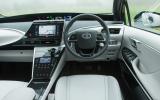
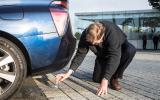
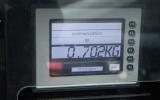
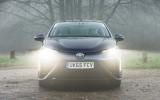
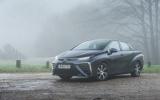
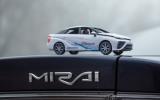
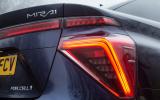
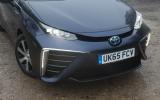
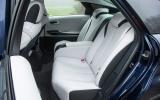
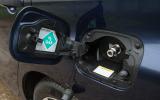

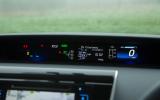
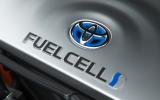

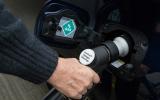

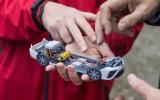
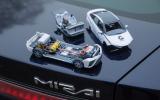
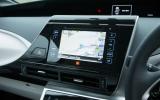

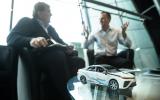






Join the debate
Add your comment
What about a hydrogen /
winniethewoo wrote: What
It will probably have to store the waste water and reconvert it back into hydrogen and oxygen when plugged in. A car like this may only ever need to be filled with water. Wouldn't that be grand?
This is the future due to politics
Already a go'er. BMW, Renualt, Outlander, Telsa, Nissan etc
Try taxing the same power that powers your toaster/recharges your electric car at different rates. Then there's the power from solar you might have on your roof.
As for "electric battery cars are a no-go" Sorry but the Plug-in is already here. Porsche will probably be bring a prototype out soon.
Not in our lifetime.
scotty5 wrote: For all the
There are zillions of Priuses in Central London. Most of them seem to be minicabs.
SMMT
Very scientific, have a look at the monthly SMMT figures? Plug-ins sales are always on the increase!